Explore Story Collections
Stories offer an individual narrative of a specific subject. They are the building blocks of Story Collections.
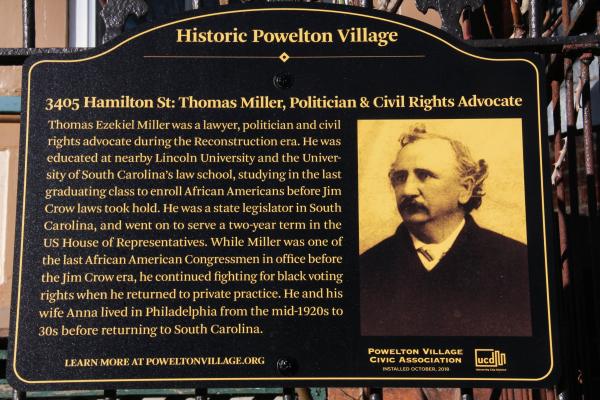
Thomas E. Miller made his mark in history in South Carolina, where he bravely served as a four-time black legislator and one-time representative to the U.S. House between the Reconstruction and Jim Crow eras. Miller spent at least a decade of his later life in the Powelton neighborhood.
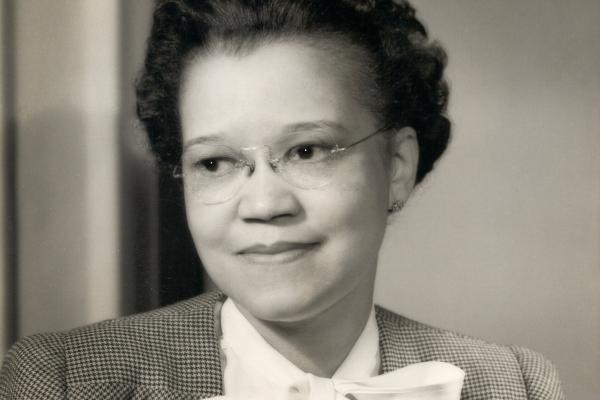
Sadie Tanner Mossell Alexander was a distinguished Philadelphian and Penn alumna who was the first African American woman in the United States to receive a Ph.D. degree in economics. West Philadelphia’s splendid Penn Alexander Partnership School is named in her honor.

Mill Creek, once a power source for various mills, achieved notoriety in the 20th century as an underground culverted sewer and submerged floodplain that wreaked havoc with the West Philadelphia landscape.
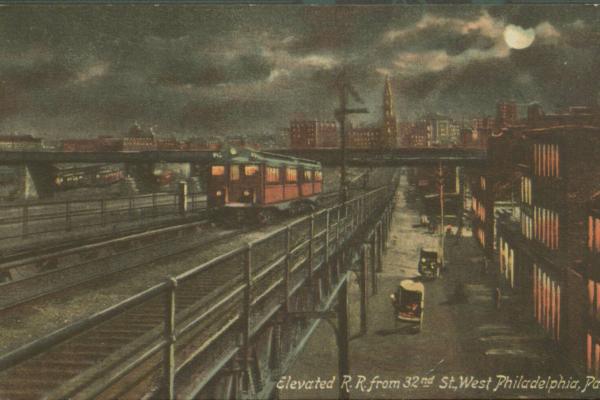
The Market Street Elevated or “El” shaped 20th Century West Philadelphia.

The neighborhood that today is Overbrook was once a hunting ground for the Lenape Indians; from the late 17th to the mid-19th century, a fertile, well-watered area of farmlands and stream-driven mills; and after the late-19th century, increasingly an area of residential housing.

University Redevelopment Area Unit 3 came to represent the divide between university and community after residents were displaced as part of the creation of the University City Science Center.
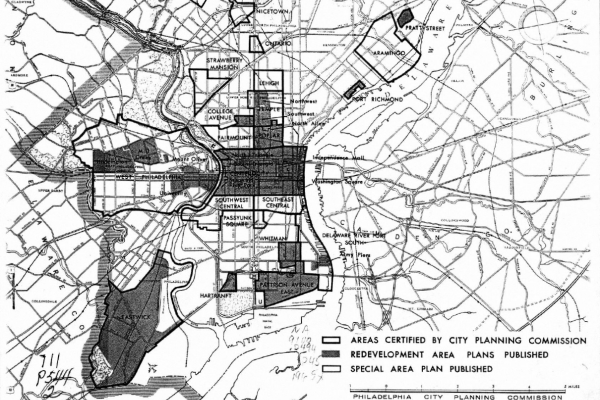
Following World War II, urban renewal provided the resources for city officials and developers to create dramatic changes to the physical and social landscape of West Philadelphia.
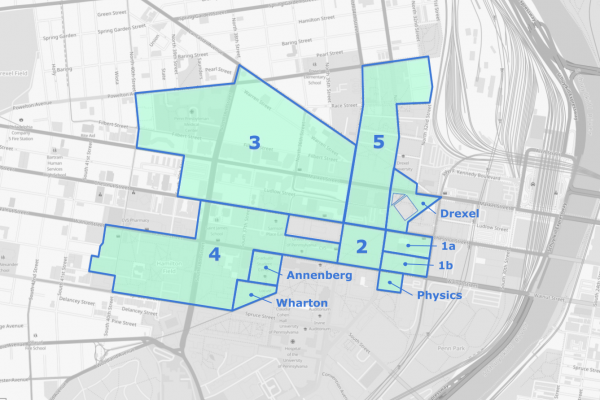
As part of a wave of postwar urban renewal, the City of Philadelphia designated an 80-block area in eastern West Philadelphia for development by the University of Pennsylvania and the Drexel Institute (Drexel University).
Drexel’s campus expansion, funded by federal and city urban renewal dollars in the decades following World War II, brought the University into conflict, first with Penn and then with Drexel’s neighbors in Powelton Village.
Beginning in the mid-1990s, Drexel University rebounded from financial and reputational decline to become a thriving, multifaceted hub of education and urban revival.
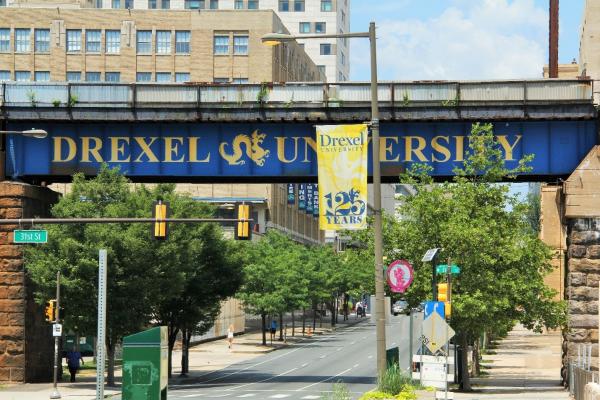
Drexel University, founded by West Philadelphian Anthony J. Drexel, has a rich history spanning over 125 years.
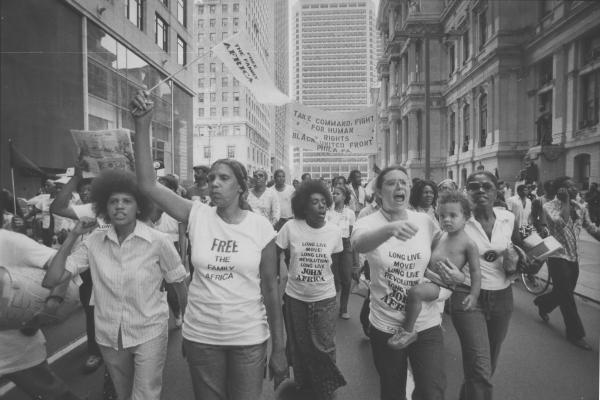
Though the MOVE organization is notoriously famous by dint of the tragic 1985 MOVE fire, an event that shook the city to its core and ramifies even today, their history in West Philadelphia spans more than forty years, from the mid-1970s to the late-2010s.